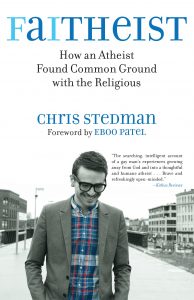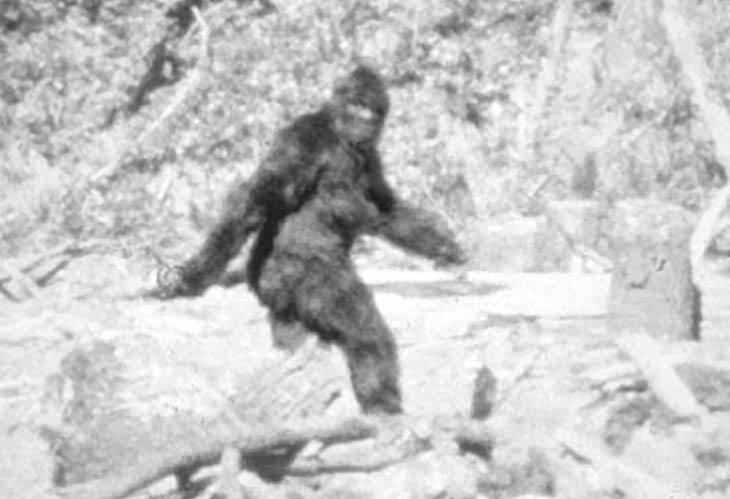This article was originally published at the defunct Skepticblog.org on May 25, 2010. An archived version is available here.
By now you will most likely have heard the sad news of the death of Martin Gardner — the father of modern skepticism — at age 95. He was, as his friend James Randi wrote, “a very bright spot in my firmament.”
Many people feel the same way, and for good reason. Gardner’s impact cannot be overstated. It is fair to argue that Martin Gardner created the modern skeptical literature from whole cloth. His 1952 book In the Name of Science (retitled Fads & Fallacies in the Name of Science for the second and subsequent editions; hereafter referred to as Fads & Fallacies) set the standard that later led to the creation of CSICOP — and to all that has followed since. Through his books and his “Notes of a Fringe-Watcher” column in the Skeptical Inquirer, Martin Gardner was a meticulous skeptical scholar for six decades. (Amazingly, his most recent Skeptical Inquirer articles appeared earlier this year.) Read more

 When Greg Long’s 2004 book The Making of Bigfoot arrived on my desk, I knew it was from Prometheus Books (which is a pretty good start), and about Bigfoot, but nothing else. Having heard none of the buzz about it, I was merely hoping it would prove to be a decent resource for one of my own articles on the sub ject. Then, when I realized that the entire 476-page book was exclusively about the late Roger Patterson’s infamous 1967 “Bigfoot” film, my heart sank. 476 pages on that tired old chestnut?
When Greg Long’s 2004 book The Making of Bigfoot arrived on my desk, I knew it was from Prometheus Books (which is a pretty good start), and about Bigfoot, but nothing else. Having heard none of the buzz about it, I was merely hoping it would prove to be a decent resource for one of my own articles on the sub ject. Then, when I realized that the entire 476-page book was exclusively about the late Roger Patterson’s infamous 1967 “Bigfoot” film, my heart sank. 476 pages on that tired old chestnut?  Opening Ben Radford and Joe Nickell’s newest book, Lake Monster Mysteries, I was already pretty sure I’d like it. I admire other work by these authors, and I adore the notion of antediluvian leviathans sliding undetected through the world’s lakes, ponds, and swimming holes. (My role at Skeptic is similar to Radford’s role at the Skeptical Inquirer: go-to cryptozoology guy.)
Opening Ben Radford and Joe Nickell’s newest book, Lake Monster Mysteries, I was already pretty sure I’d like it. I admire other work by these authors, and I adore the notion of antediluvian leviathans sliding undetected through the world’s lakes, ponds, and swimming holes. (My role at Skeptic is similar to Radford’s role at the Skeptical Inquirer: go-to cryptozoology guy.)